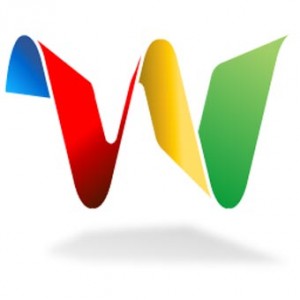On Thursday Google announced it’s new real-time communication platform, Google Wave. It’s obvious that volumes could be filled on the potential this has for changing the way we communicate, but I want to focus on it’s implications for the discipline of Project Management. On first glance it’s easy to see several ways that this tool could change the way we manage projects. After all, at its heart, Wave is a communications tool, and what is project management besides highly focused communication. However, I believe that within this platform we may see new ways to organize our projects besides the obvious. It is still very early in the process and there are still many unknowns, but because the bulk of the code will be open source it has all the hallmarks of a platform that can be molded to suit individual needs.

It is entirely possible that the Wave could supplant email as our primary mode of communication. Just as Web 2.0 turned a static Internet bloated with one-sided conversations into a social experience, Wave could do the same for email. Currently email is bound by very strict rules that are based on a centuries old process, I send you a message and wait for a reply. The speed of delivery has changed, but not the method of communication. We’ve known for some time that this was an archaic model and we haven’t just sat on our laurels. IM clients, social networks, blogs, Twitter have all been steps in the direction of a more interactive mode of communication. Google Wave doesn’t necessarily reinvent these tools; Google isn’t even the first to think to combine them into one application. What Google has done makes email, IM, and all other communications tools live within the same living document. For PMs the advantage is obvious. What I look for in a project management tool is a way to store all information pertaining to a project in one place. Much of our time as project managers is spent trying to keep knowledge centralized. What IM conversation had the ftp credentials, what email chain contained the client feedback needed to make project revisions, etc. With Wave all of this information can be centrally contained within one Wave, a living, ever-evolving chain. Wave is real-time, so conversations take place within the Wave. This even includes simultaneous communication.

Collaborative document creation and editing allows for streamlined team input. Once a document has been uploaded within the Wave the internal team can mark-up or revise the document until satisfied. Once internal sign off is achieved any external stakeholders are simply added to the Wave for their review and revisions. The Google team demonstrated this with a word document, but promises support for spreadsheets and presentation documents as well. With the ability to drag and drop images from your desktop, even creative collaboration is possible within the Wave. All this can be done with little trepidation thanks to the revert feature which functions similarly to a version control software.
Thanks to Google’s generous set of APIs and the fact that the code is open source, Wave has the potential to be customized to accommodate even the most discriminating needs. Tasking and tracking tools could be added; even integration with other Google tools such as Calendar or Google Maps makes the possibilities endless. Other project management applications such as Basecamp or Backpack have attempted to integrate communication in these ways. However, projects such as Basecamp have always been obsessed with simplicity and opposed to implementing user requests. The ability to design extensions that both live within the Wave and interact with applications outside the browser makes Google Wave potentially the most powerful project management tool in our arsenal.


Pingback: Goodbye Google Wave | The Esoteric Techie